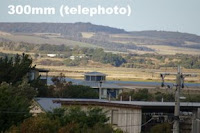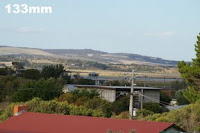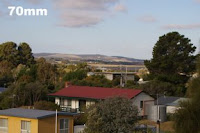As you may (or may not have noticed) I am probably one of the few digital camera addicts that doesn't have adobe photoshop. I have looked at a few preview copies in the past but always removed them since I already had software that did much the same job (Specifically I've had and liked corel's Photoalbum & corel Paint/Draw and then there is the software that comes with your camera,scanner,printer and the list goes on) Lately I have found myself just using picasa because I prefer to get the exposure right in the camera and its only things like straightening and cropping, that I routinely do on images, not to forget printing, all things picasa does well.
Well I might have to change my mind. Today, after reading terry Lane's column in the
Livewire section of the Age Green guide I downloaded the
beta version of lightroom, which you can do as well if you are interested, but only till 28th February, when the release version goes on sale. (I presume the beta version will expire then)
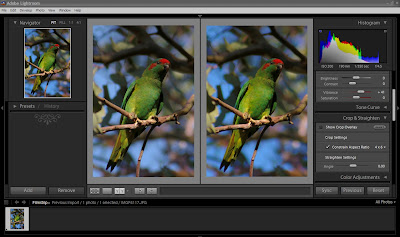
The first thing that struck me is the changes to the user interface, it look different and yet familiar enough to be very intuitive. Panels, containing tools and controls, mostly sliders, are on either side of the screen, They are easy to retract and replace, as is the film strip at the bottom, meaning you can get lots of screen real estate back when you want it. I also like the before and after option for display.
Something that is different but is one of those why haven't they done this before realizations, is the "long press" function. On many mouse actions it temporarily changes/toggles some display setting while the mouse is held down then revert back when the mouse button is released. It is one of those features you need to do and use rather than read about it.
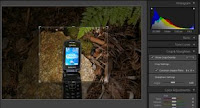
So the first thing I checked was cropping and straightening, which are pretty ordinary and/or tedious to use in a lot of software (especially the expensive ones). Well cropping was great, Once I found the tool (which is down the list a bit in the develop view). It shows the whole image dulled out and just the area you selecting fully rendered,liked the way picasa does this. Which is why picasa had become my preferred cropping tool.
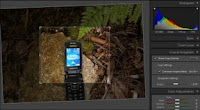
The Straightening was at first disappointing, just rotating the image with no reference marks (I also like picassa grid overlay during straightening, in fact I have come to rely on it). Well if you selecting the cropping view as you straighten the "long press" feature (discussed above) toggles on a grid overlay over the image as you rotate it. Perfect!
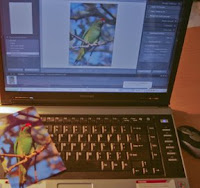
Printing is another bug bear for me, the standard print interfaces in a lot of package either try to do to much (and change the photo colours and tone, without permission) or too little (give very little control of print size, paper type etc.). So the Lighthroom print feature looks a bit light but it does do a good job with my printer (a HP Photosmart)
PS: I have been warned that the lightroom (its called LR apparently by those in the know) may change the features I've discussed above a lot in version 1.0. So it will be a good idea to watch the lightroom labs forum to keep up to date. Thanks sean for this info.





